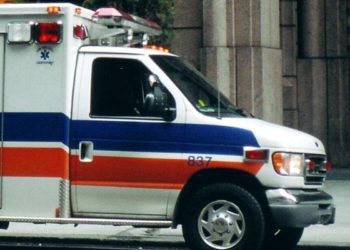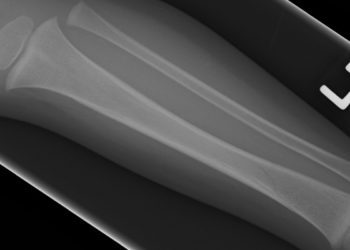Quick Take: Efficacy of prehospital criteria in identifying trauma patients susceptible to undertriage
While the early recognition of severe traumatic injury is associated with improved morbidity and mortality, undertriage has been associated with poorer patient outcomes. Previous research has shown that tachypnea and blunt thoracic injury are associated with undertriage. In this retrospective cohort study, researchers reviewed 3123 lower-level adult activations (2014-2016) at a single institution to determine whether other prehospital criteria can be used to identify patients at risk of being undertriaged. Undertriage was defined as lower-level activation during an incident that in fact met higher-level criteria, or cases requiring life-saving interventions within 1 hour of arrival at the hospital. Researchers found that of the patients included in the study, 92.1% were correctly triaged to the lower-level designation. In assessing patients that were undertriaged, 111 patients (3.6%) met additional higher-level criteria of tachypnea and blunt thoracic injury. In addition, 83 patients (2.6%) met other higher-level triage criteria, including a systolic blood pressure <90 mm Hg or Glasgow Coma Scale (GCS) <9 points. A life-saving intervention within 1 hour of arrival was required in 52 of patients that had been undertriaged. Based on a adjusted logistic regression, age (OR 1.07, 95% CI 1.03 to 1.10), male sex (OR 1.39, 95% CI 1.04 to 1.85), lower GCS scores (OR 1.62, 95% CI 1.53 to 1.71), tachypnea (OR 1.24, 95% CI 1.19 to 1.28) and hypotension (OR 1.14 per 5-mm Hg reduction, 95% CI 1.11 to 1.18) were associated with increased odds of undertriage. In keeping with previous studies, patients with severe chest injuries were more likely to be undertriaged when compared to patients with severe injury to the abdomen, pelvis, or head (p<0.001). Interestingly, a number of the predictors identified in this study represent predetermined triage criteria, and therefore, the findings of this study may indicate that undertriage may be due, in part, to breakdowns in communication between prehospital and emergency department providers.
Click to read the study in JAMA Surgery
Image: PD
©2019 2 Minute Medicine, Inc. All rights reserved. No works may be reproduced without expressed written consent from 2 Minute Medicine, Inc. Inquire about licensing here. No article should be construed as medical advice and is not intended as such by the authors or by 2 Minute Medicine, Inc.







